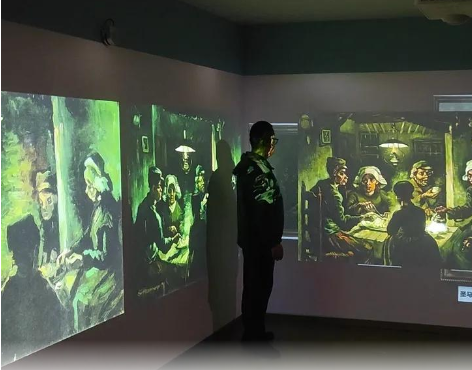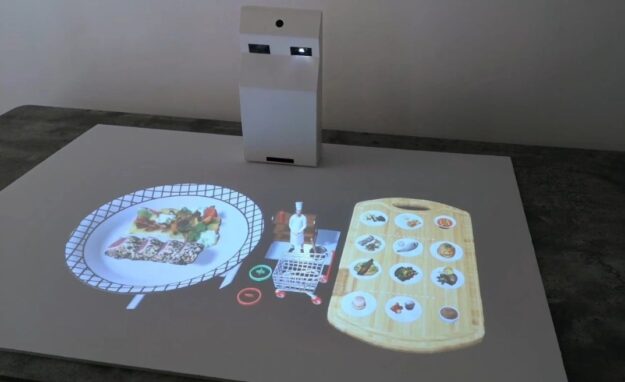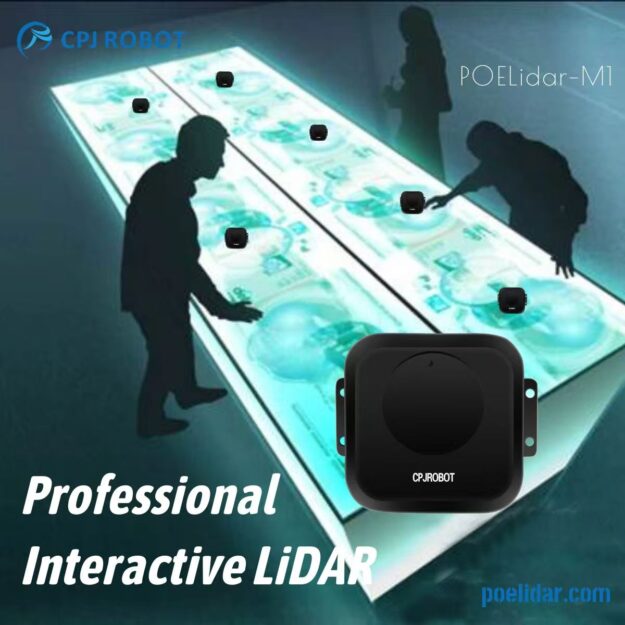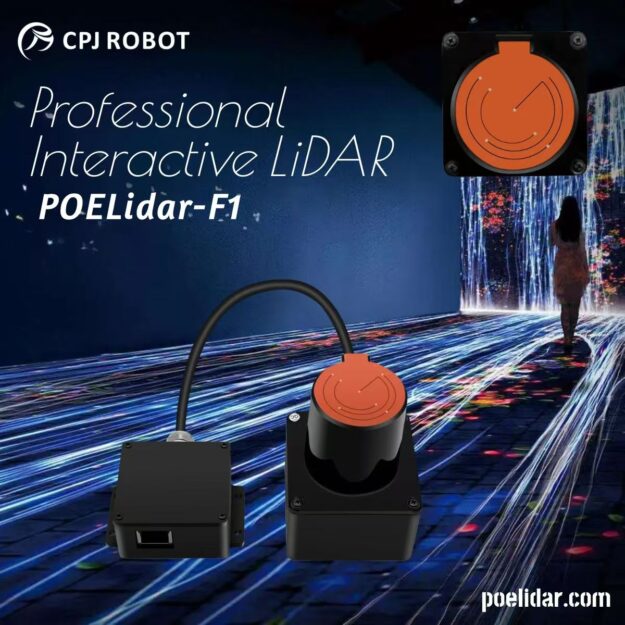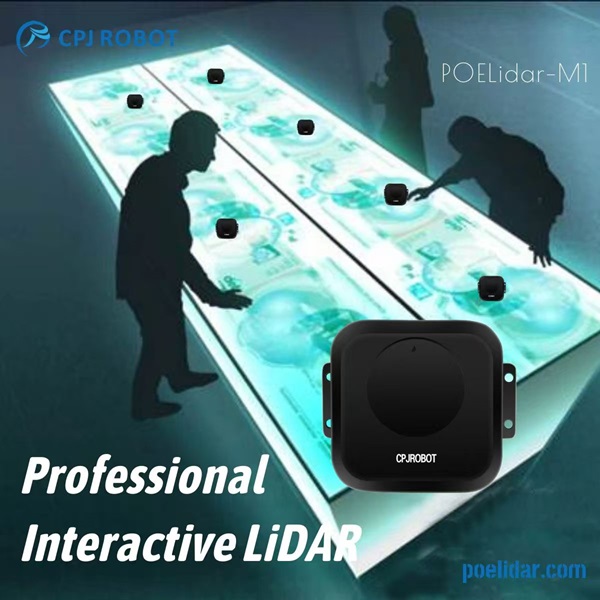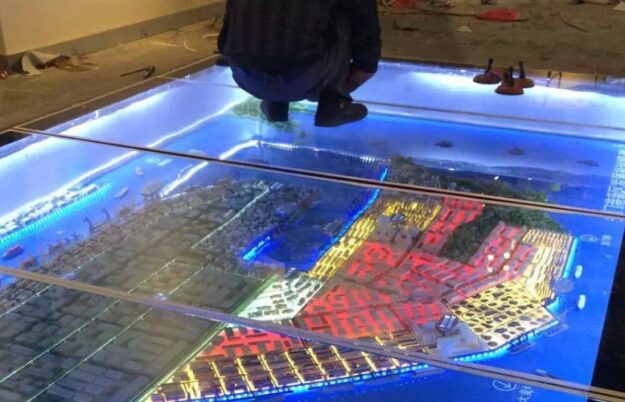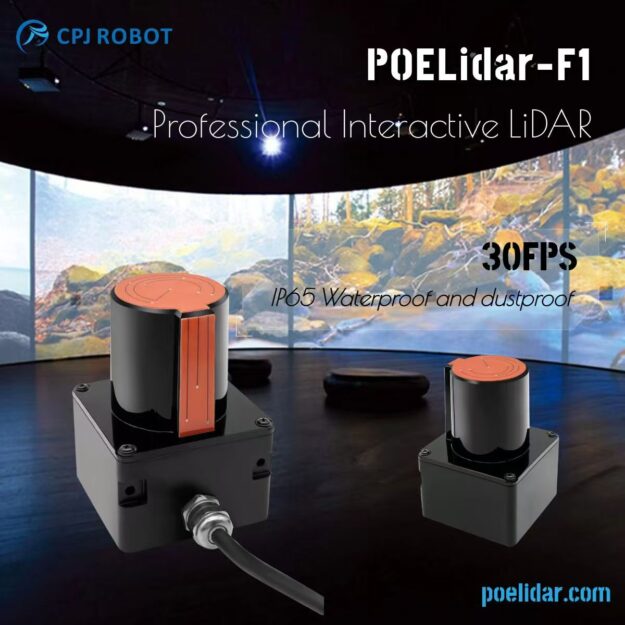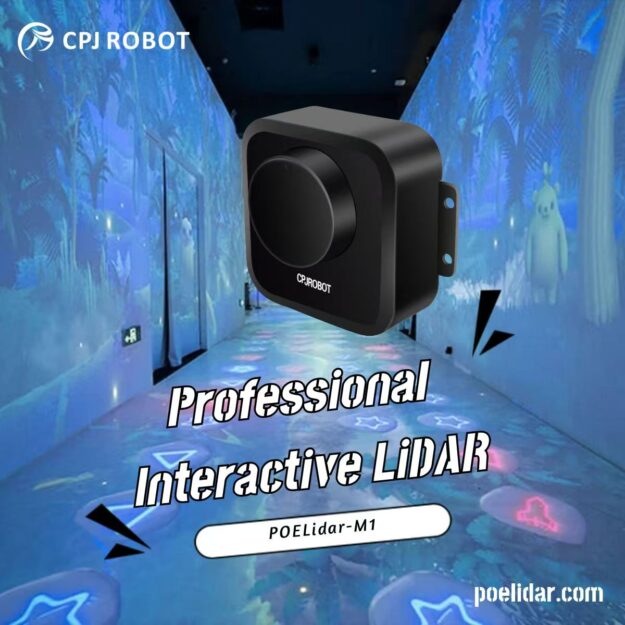6 Unbeatable Advantages of LiDAR Interactive Projection
In the fast-paced world of technology, interactive systems are redefining how we engage with our surroundings. Among these innovations, LiDAR interactive projection has emerged as a groundbreaking solution, revolutionizing user experiences across industries. By leveraging LiDAR (Light Detection and Ranging) technology to capture precise user movements and analyze data in real-time, this system delivers seamless and immersive…

